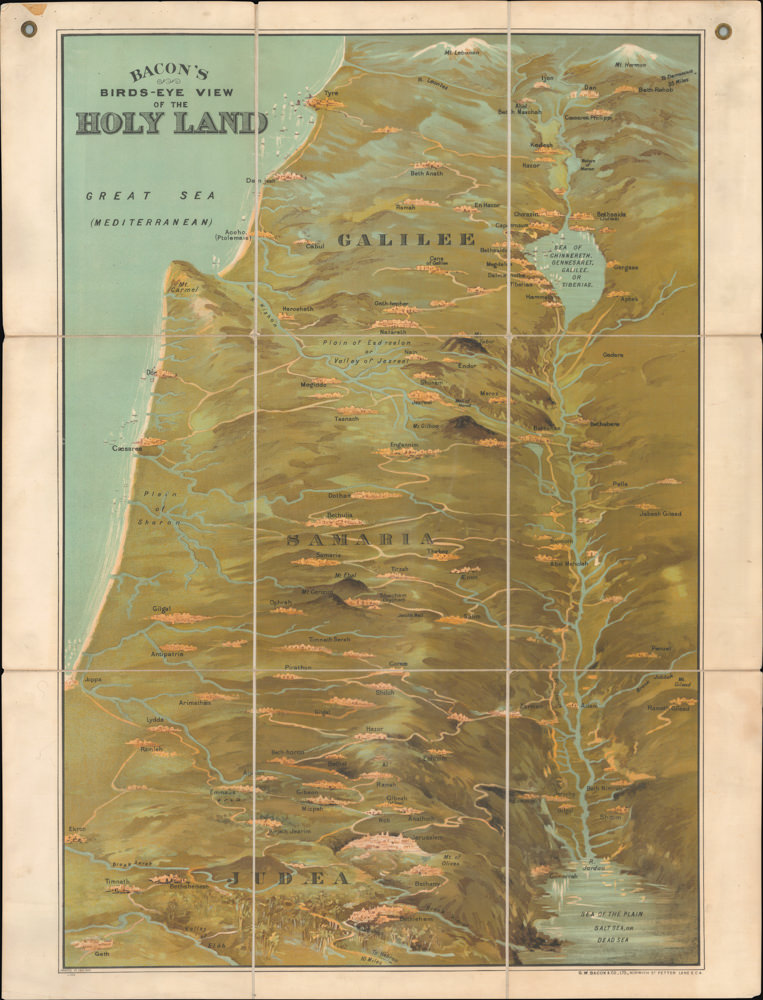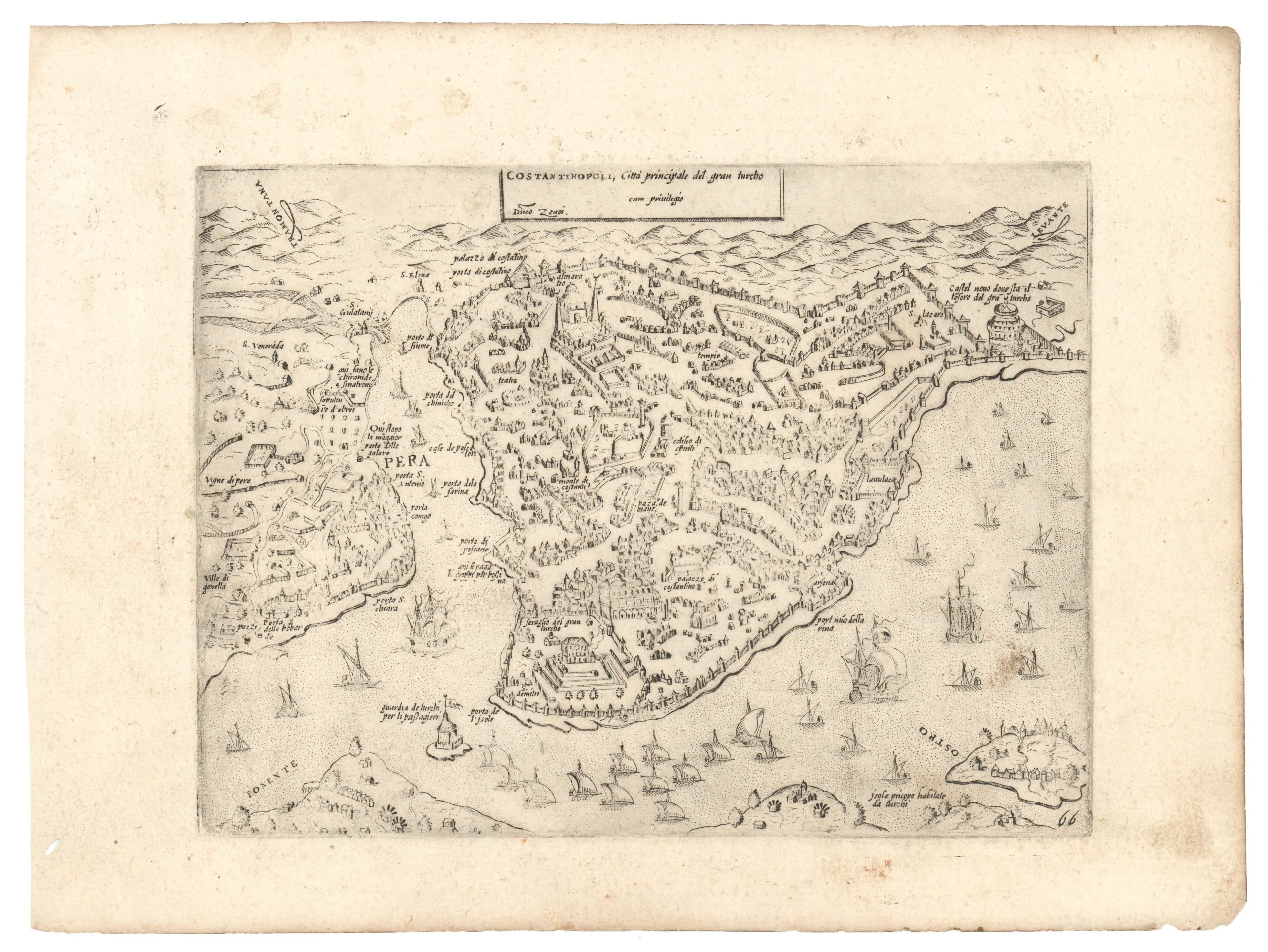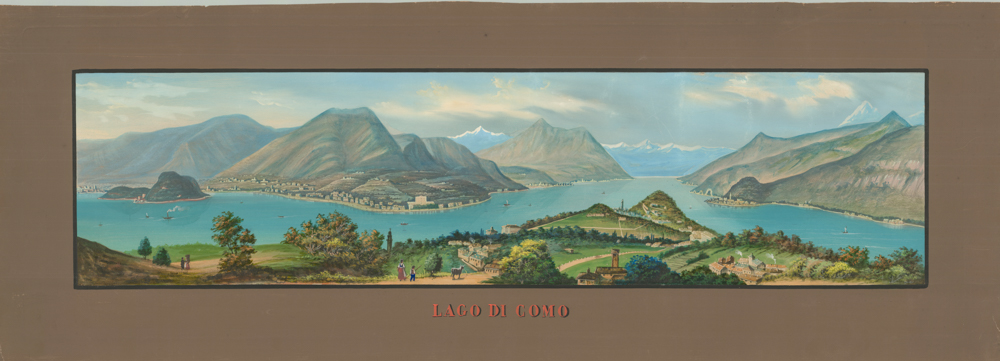A scarce and gorgeous bird’s-eye-view of Spokane during its heyday as the railroad hub of the Northern Plains.
Spokane. Washington.
$4,500
1 in stock
Description
This wonderful bird’s-eye-view shows Spokane, Washington, at the dawn of the 20th century. It was produced as a color lithograph for promotional purposes and printed by the local lithography and publishing firm, John W. Graham & Co. Graham’s store was the place to buy books, stationery, and art supplies in Spokane. Its slogan was, “If it’s made of paper, we have it!”. The view was published in 1905 and represents the city well after the notorious Great Fire of August 1889, which burned down the entire commercial center of the town.
We are treated to an oblique aerial view of Spokane, which was experiencing both a population boom and enormous economic growth following the arrival of the Great Northern Pacific Railroad in 1892. A similar boom occurred a decade earlier when gold was discovered in the Coeur d’Alene mining district (1883). The view provides an excellent overview of the town as it appeared in the early 1900s, showing everything from street patterns to individual buildings, landmarks, and the surrounding landscape. The town centers on the Spokane River and emanates from the original fur trading post near Spokane Falls.
Like many such early 20th-century pieces, this view was produced for promotional reasons and to attract industrialists and workers to continue settling there. Consequently, infrastructure, major civic features, and available land are all part of what is being conveyed by this gorgeous vista. Creating such views was often funded by a town’s business owners, which allowed them to be included on the list of locales identified by a numbered key. Along the bottom of this composition, we find precisely such a key listing Spokane’s most notable manufacturers, public buildings, churches, and hotels.
A vignette inserted along the upper left corner of the image depicts Fort George Wright, built between 1897 and 1899 in honor of the commander that vanquished many of the Indian tribes traditionally living in this region and made possible by the private acquisition of 414 hectares of federal land known as Twickenham Park.
Within less than a decade of this view being created, the tides had turned for Spokane, but the town continued its trajectory as an unlikely cosmopolitan nexus on the northern plains. Representing an era of growth and optimism – not just for Spokane, but indeed for the entire nation – this work is an authentic piece of American cartographical history.
Context is Everything
While there was a non-indigenous presence around Spokane as far back as the early 19th century, the town itself was founded by cattle ranchers J.J. Downing and S.R. Scranton in 1871. Spokane lay on Washington Territory’s eastern border, isolated from the coastal hubs further west but connected via the cross-country wagon trails. With the arrival of railroads, Spokane was transformed into a regional transportation hub and a repository for all goods moving in and out of Washington.
In addition to advanced infrastructure, the area around Spokane boasted ample mining, agriculture, and logging, sustaining an impressive population growth. For long periods there was work to be found, which drew many immigrants fresh from the old country to settle here. This diverse array of European peoples came to Spokane for the freedom and space to construct their neighborhoods in accordance with ‘Old World’ standards. Spokane quickly became a rich tapestry of different cultures, each manifested by their specific communities. Many of these communities still exist and sustain such identities today. From around 1910, however, Spokane’s demographic and economic growth declined partly due to the exhaustion of several mines and the discovery of rich new sources further south.
Census
Graham’s aerial view of Spokane is quickly becoming scarcer on the market. While occasionally listed at auction some decades ago, it is rare to find it today. The OCLC lists only a single institutional example at the Washington State Library (no. 41705439), underlining how difficult it has become to acquire.
Cartographer(s):
John W. Graham & Co was an American publisher, lithographer, book dealer, and store owner in Spokane, Washington. Graham was born in Indiana in 1860, and worked with his father trading up and down the Ohio River. He opened his first stationery business at age 10, working from a desk in the General Store of his hometown.
In 1888, Graham moved from Minneapolis to Spokane after reading about the many opportunities out west. He started at the local stationery shop of Sylvester Heath, but this burned to the ground in the great fire of the following year. Heath was too old to rebuild, so Graham seized the opportunity and set up a tent on the ashes of Heath’s old store, from which he started his own business.
John W. Graham and Co. was the place in Spokane to buy books, magazines, stationery, art supplies, cameras, and film for almost a century. Graham died of a heart attack in June 1941, aged 81. The business continued for several decades until it was finally bought by Portland-based bookseller J.K. Gill Co. around 1980.
Condition Description
Linen-backed, with multiple repairs. Image quality is very good.
References







